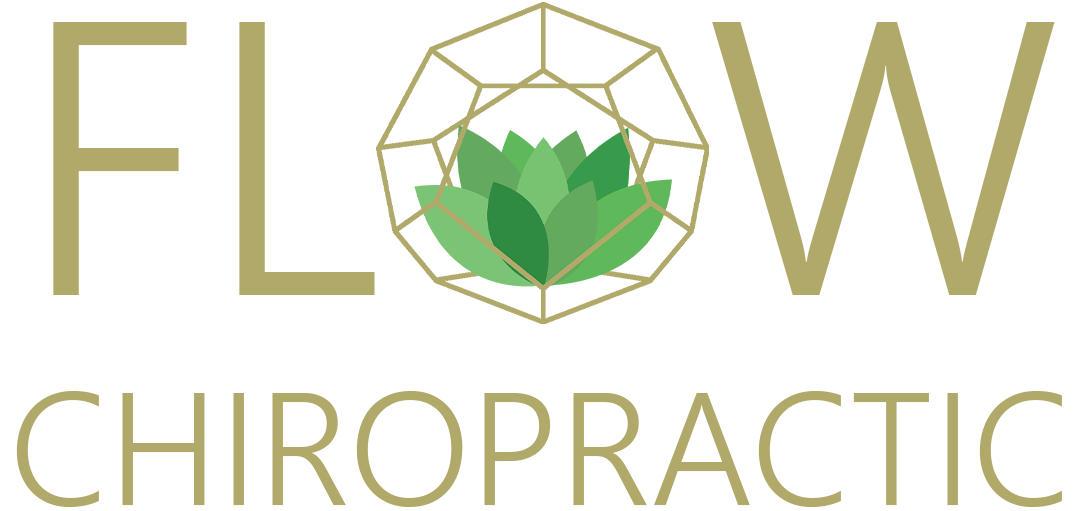What is the best posture?
“What is the Best Posture?”
"The one you just moved from."
This was an exchange between Andreo Spina and an attendee at a seminar I attended years ago. When the phrase "the one you just moved from" was heard, a bit of confusion spread across the room. The attendee had moved to a position they thought was ideal because, in their mind, they had just perfected it. After about 10 seconds, Andreo clarified, "Exactly, you just keep moving; there is no perfect posture. We're meant to move."
Finding a Good Seated Posture
Now, there are nuances to desk position and posture. To quickly describe how to find a good seated position: when you're sitting on a hard chair, sit upright, find your sit bones, and rock side to side. The sit bones are your base, and we want to maintain a relaxed spinal position as we balance our torso on these sit bones. If you're working hard to sit perfectly straight, that's a waste of energy. Sitting should be a relaxed but purposeful position. Beyond that, workspaces are challenging to modify because they often aren't easily adjustable.
This doesn't mean we don't have control over how we feel throughout and following our workdays.
Movement is Life
Think back to the last long car ride you took with an overzealous driver who wanted to get to the destination ASAP. If it was a trip that took a bit over a full tank of gas, you likely drove as far as you could comfortably on the full tank, then got out to stretch your legs. You probably felt pretty lousy the first few minutes getting out of the car and moving around. Now, let's reframe how the trip could have gone: instead of pushing forward for 4 hours without stopping, you stopped 1.5 hours in for a bathroom break, then got out again after another 2 hours to fill up. When you reach your destination with just 7 minutes of stop time added to the trip, you feel far better. This is because you didn't deprive your body of movement for over 4 hours straight.
This approach can be applied to workplace posture and habits. If you're able to incorporate simple movements throughout the day to open up your posture, you won't experience the same level of tension persisting throughout the day. These movements can be equipment-free and take less than a minute. The biggest challenge is remembering to do them. I often suggest to patients to set a timer or reminder in their calendar every 1-2 hours to do some simple movements. Often, if they are diligent about it for the first week, they'll start to think to themselves, without needing a reminder, to get up and move after a long meeting or string of emails.
When you can train your brain to notice when you've been stationary for a prolonged period, you're winning the battle because hopefully, your brain is kicking in before stiffness or discomfort surfaces.
Here are some simple exercises to help open up your posture in the upper body:
1. Pec Stretch: To open your chest.
2. Chin tuck against the wall: To promote a more open and supportive posture for your neck.
3. Thoughtful shoulder blade movements: Stand up with your arms at your sides, elbows bent at 90 degrees, and push the point of your elbow to the floor. You'll feel your mid-back activate and your shoulder blades move downward.
These three exercises are just a small fraction of the beneficial things you can do to keep moving throughout the workday. In general, like so many things, there is no perfect way to execute movements into an open posture. If you feel yourself stretching a region, then moving out of the stretch and getting back into it, you're on the right track. Work to keep movement incorporated into your workday, and your body will thank you.








